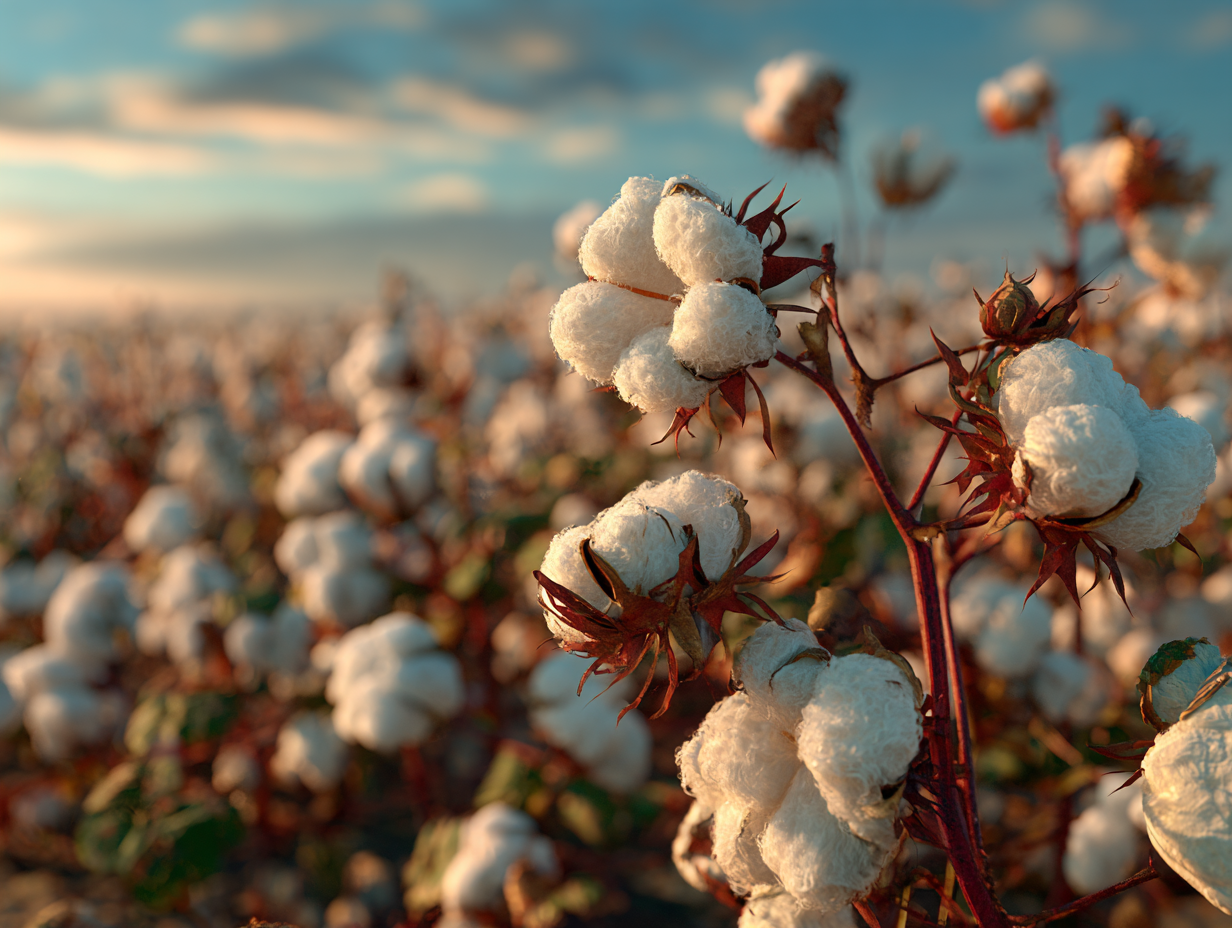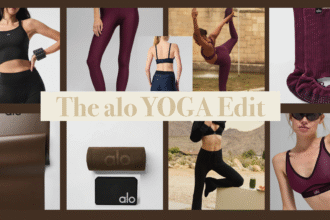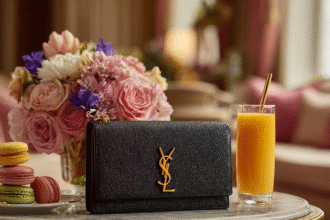What Makes a Fabric Truly Sustainable?
We hear the word “sustainable” tossed around constantly in fashion — printed on tags, sprinkled through marketing, attached to everything from bamboo socks to recycled polyester dresses. But what does it actually mean when we call a fabric sustainable?
If we’re serious about building a wardrobe that reflects our values — and not just following buzzwords — we need to understand what makes a fabric genuinely aligned with sustainability.
Let’s break it down.
1. Origin: Where (and How) It Begins
A genuinely sustainable fabric begins with a responsible source. This means considering:
- Natural fibers like cotton, linen, hemp, and wool, mainly when grown without pesticides, synthetic fertilizers, or monoculture farming practices.
- Regenerative agriculture methods replenish the soil and promote biodiversity.
- Recycled materials that extend the life of existing resources instead of requiring new ones.
Look for globally recognized certifications, such as tags like GOTS (Global Organic Textile Standard) or Cradle to Cradle, to validate origin claims.
2. Processing: What Happens Between Farm and Fabric
The process from raw fiber to finished cloth involves significant transformation and often a profound environmental impact.
This includes steps like:
- Knitting
- Weaving
- Dyeing
- Printing
- Chemical finishing
Truly sustainable fabrics minimize:
- Toxic chemical use in these steps
- Water waste and pollution
- Energy consumption, mainly from fossil fuels
Processing should also account for worker health and safety, ensuring that people along the supply chain aren’t exposed to harmful substances.
Tip: Certifications like OEKO-TEX® Standard 100 or bluesign® help ensure low-toxicity processing.
3. Performance: Does It Last and Serve a Purpose?
Even a biodegradable fabric isn’t sustainable if it wears out after five washes.
Durability matters.
A fabric should:
- Hold its shape and color
- Be comfortable for repeated wear
- Suit its intended use (e.g., breathability for summer, warmth for winter)
When you choose materials that work for your lifestyle and last, you reduce waste and buy less over time, which is the essence of sustainable living.
4. End of Life: What Happens When You’re Done Wearing It?
Sustainability doesn’t end when a garment hits your closet. The true test? What happens when you’re done?
Ask:
- Can it be recycled, composted, or repurposed?
- Will it break down naturally, or sit in a landfill for centuries?
Natural, undyed, and untreated fabrics like organic cotton, hemp, and linen have a better end-of-life profile than synthetic blends.
Blended fabrics (like poly-cotton) are harder to recycle and often contribute to microplastic pollution when washed.
5. Social Ethics: Who Made This, and How?
Sustainable fashion isn’t just about protecting the planet — it’s about protecting people as well.
Truly sustainable fabrics come from supply chains that:
- Pay fair wages
- Offer safe working conditions
- Respect cultural and traditional craftsmanship
Certifications like Fair Trade, SA8000, and B Corp can help ensure ethical standards are met.
What I Look For Personally
I’m a big believer in reuse and donation. Most of the clothes I buy last a long time, so when I refresh my wardrobe, I donate them, especially during trips down south, often to the maids and women I meet. Watching their faces light up reminds me that sustainability isn’t just environmental. It’s emotional. It’s human.
A Final Thought
Sustainability isn’t perfection — it’s intention and a work in progress.
No fabric checks every box, and that’s okay. What matters is awareness and intention. When we choose with care, when we ask better questions, when we buy intentionally, our clothes become more than what we wear.
They become a reflection of how we live.







